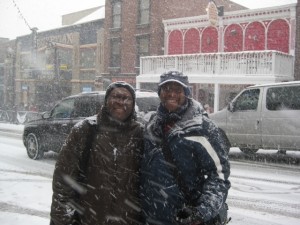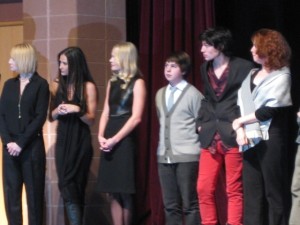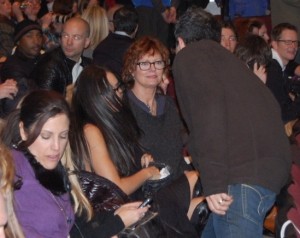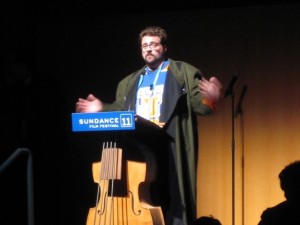Video review
Indigo Children (2012)
Unrated

In an unremarkable small town that could be any unremarkable small town, a quiet boy is spied upon by a quiet girl. She’s drawn to him because, like her, he’s an Indigo child. This means, according to her, that they are special, different, better, though to the viewer they seem as ordinary and stoic as their town.
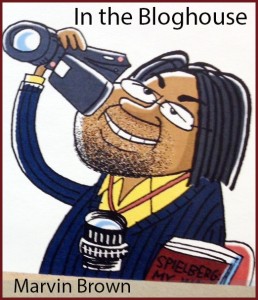 Writer-director Eric Chaney’s debut film bows this month in digital format. Deliberately paced, Indigo Children strives to echo the rhythms of small-town pathos. Shots are held, given time to be seen and absorbed.
Writer-director Eric Chaney’s debut film bows this month in digital format. Deliberately paced, Indigo Children strives to echo the rhythms of small-town pathos. Shots are held, given time to be seen and absorbed.
I say the town’s unremarkable, but the cinematography’s not. Fantastic aerial shots of lush-green fields, mighty trees and ancient railroad tracks are contrasted with a model-train diorama. Homes decayed and moss-covered are contrasted with upscale homes, and a big city on the horizon.
Story proper—young lovers Mark and Christina (Robert Olsen and Isabelle McNally) attempting to connect with themselves and each other—flows through laconic voiceovers, videotape confessions and clipped dialogue. The dialogue, at times, seems intentionally vague.
After the death of his absent father, Mark’s family is reduced to himself and his shattered mother; they move around each other like ghosts. Christina, with her wide eyes, cutoff shorts and forced confidence, launches a relationship with Mark. It’s as if inert Mark’s a potted plant and she’s cultivating a relationship around him. Fond of binoculars, Christina’s new to town, supposedly staying with an uncle who’s never seen.
A second story involves lustful teen boy (Arturo Castro) trying to find a connection with his mother, who never speaks, and is seen each day methodically readying herself for a night out … somewhere, with someone. This disconnection is a reoccurring theme in Chaney’s film. There are always circumstances separating kids from adults—disappearance, death, disillusionment, depression.
Several shots of big-city skyscrapers looming in the distance put a bigger (better?) life in sight, but out of reach.
Chaney, talented at finding emotion in mundane scenes, has an eye for detail and conveys confidence in pacing. The film evokes a strong sense of place; the director hints at personal connections. It’s hard, though, to imagine those beyond the art-house crowd investing in this short, enigmatic tone poem. Its structure is everything our attention-deficit movie-going society sidesteps. Artsy or not, Chaney’s a filmmaker to keep an eye on.
We are all Indigo children, I guess, yearning to be special and to get beyond our stations in life, but struggling to find a way to board a train that will take us there.
| Marvin Brown’s Movie Review Archive

